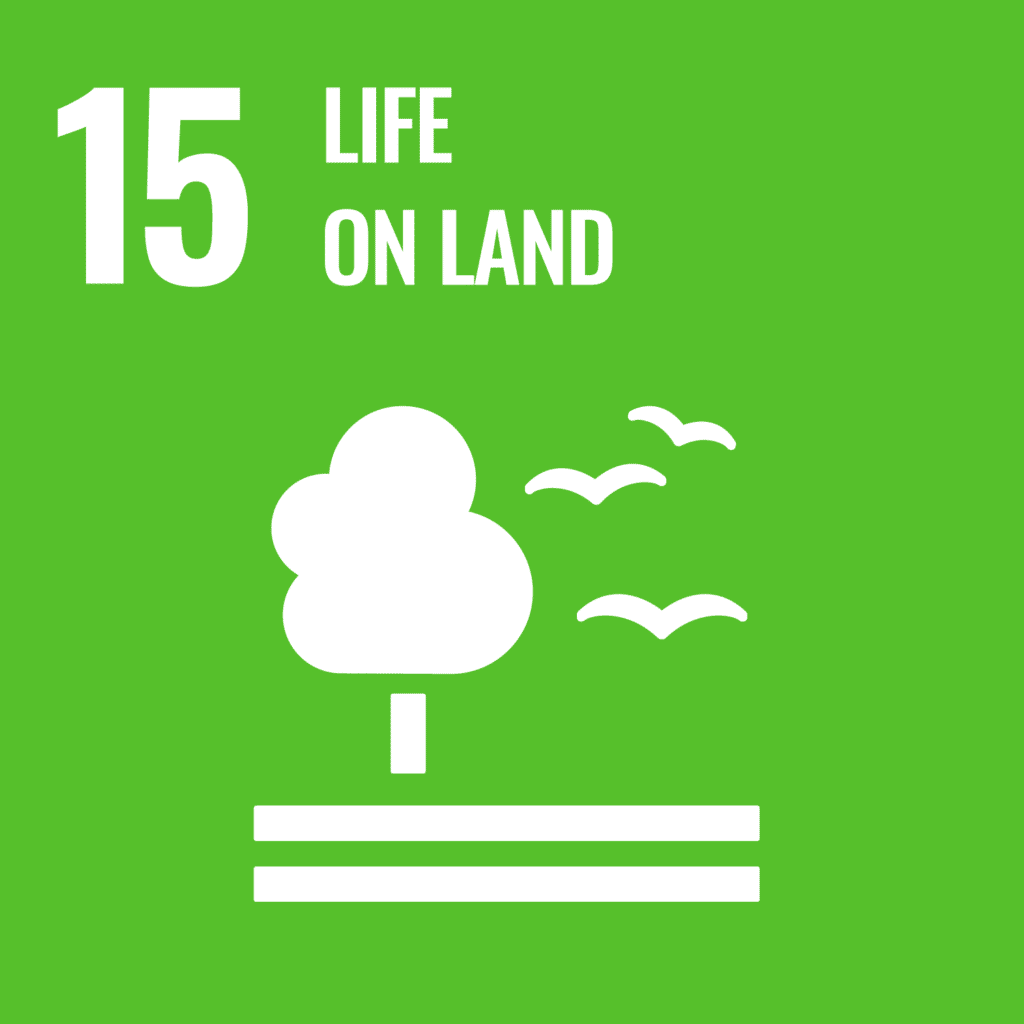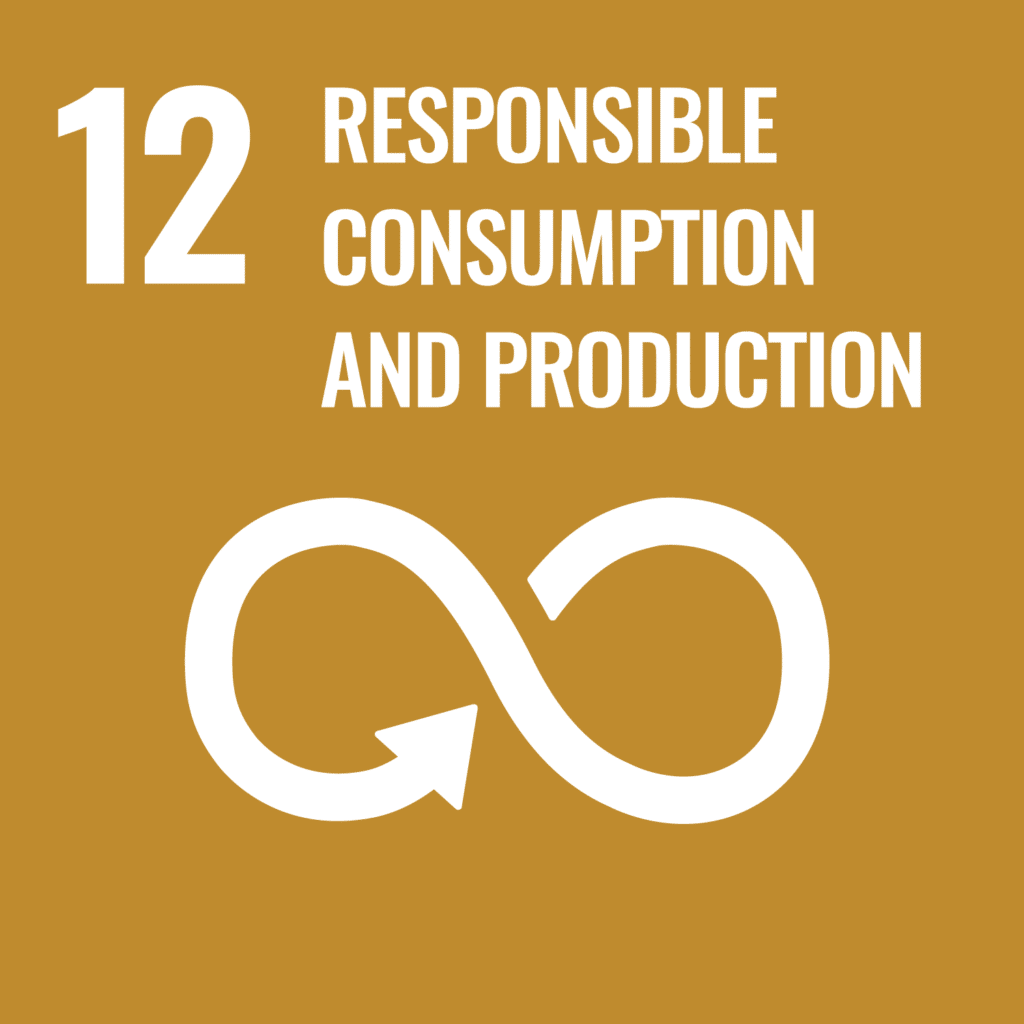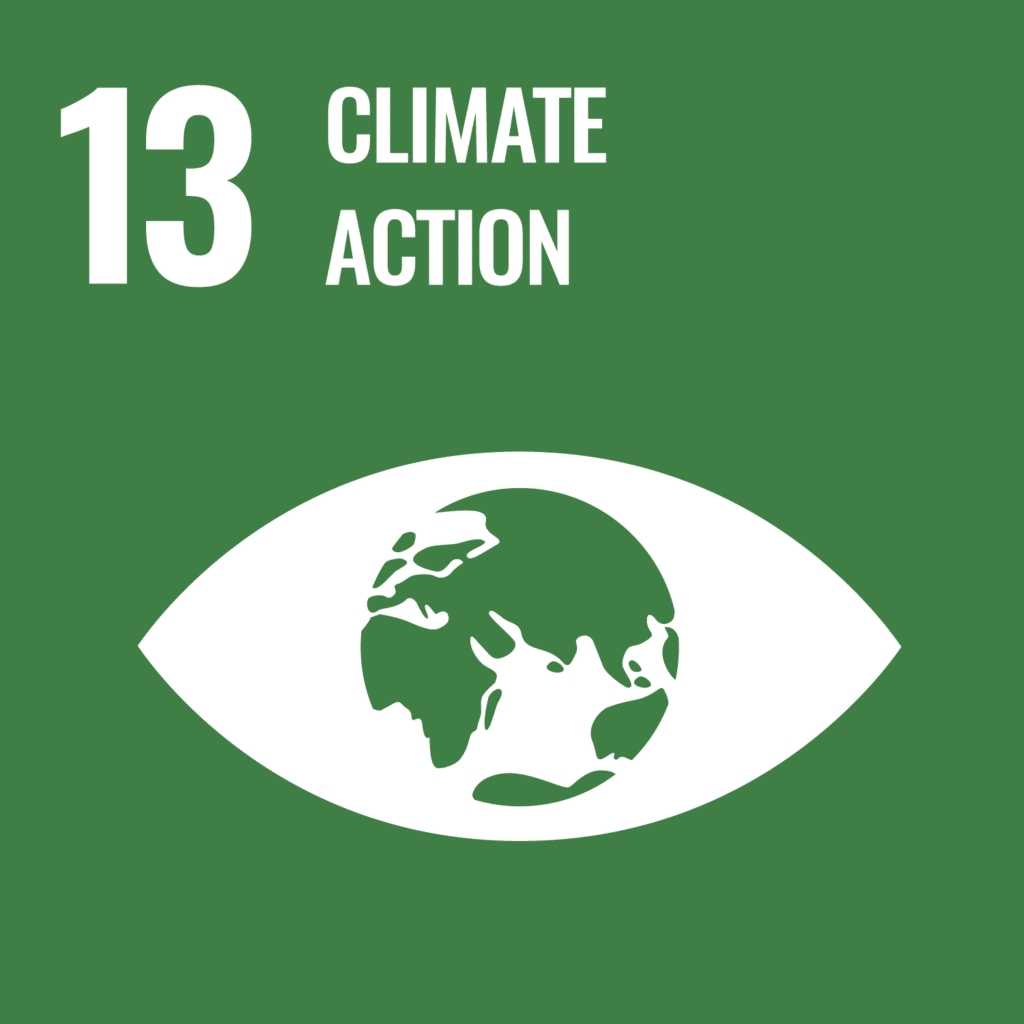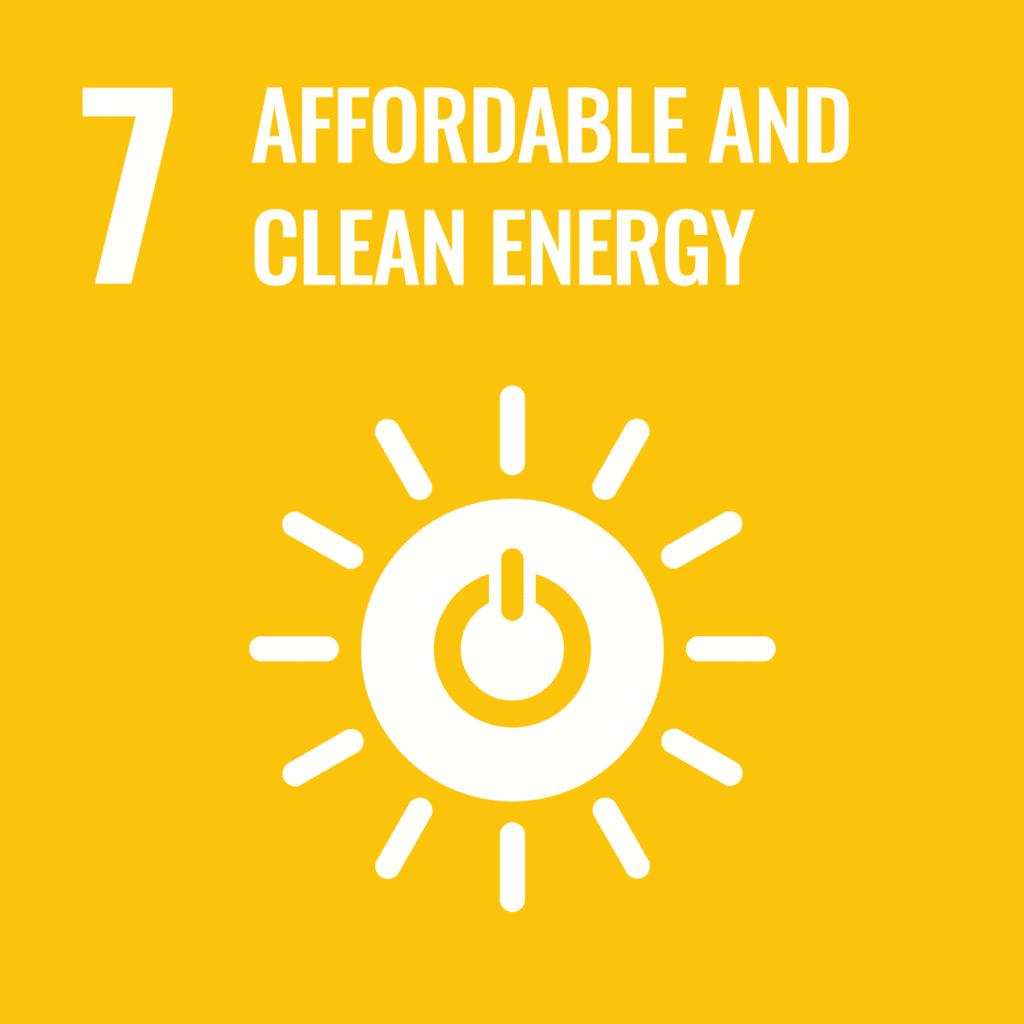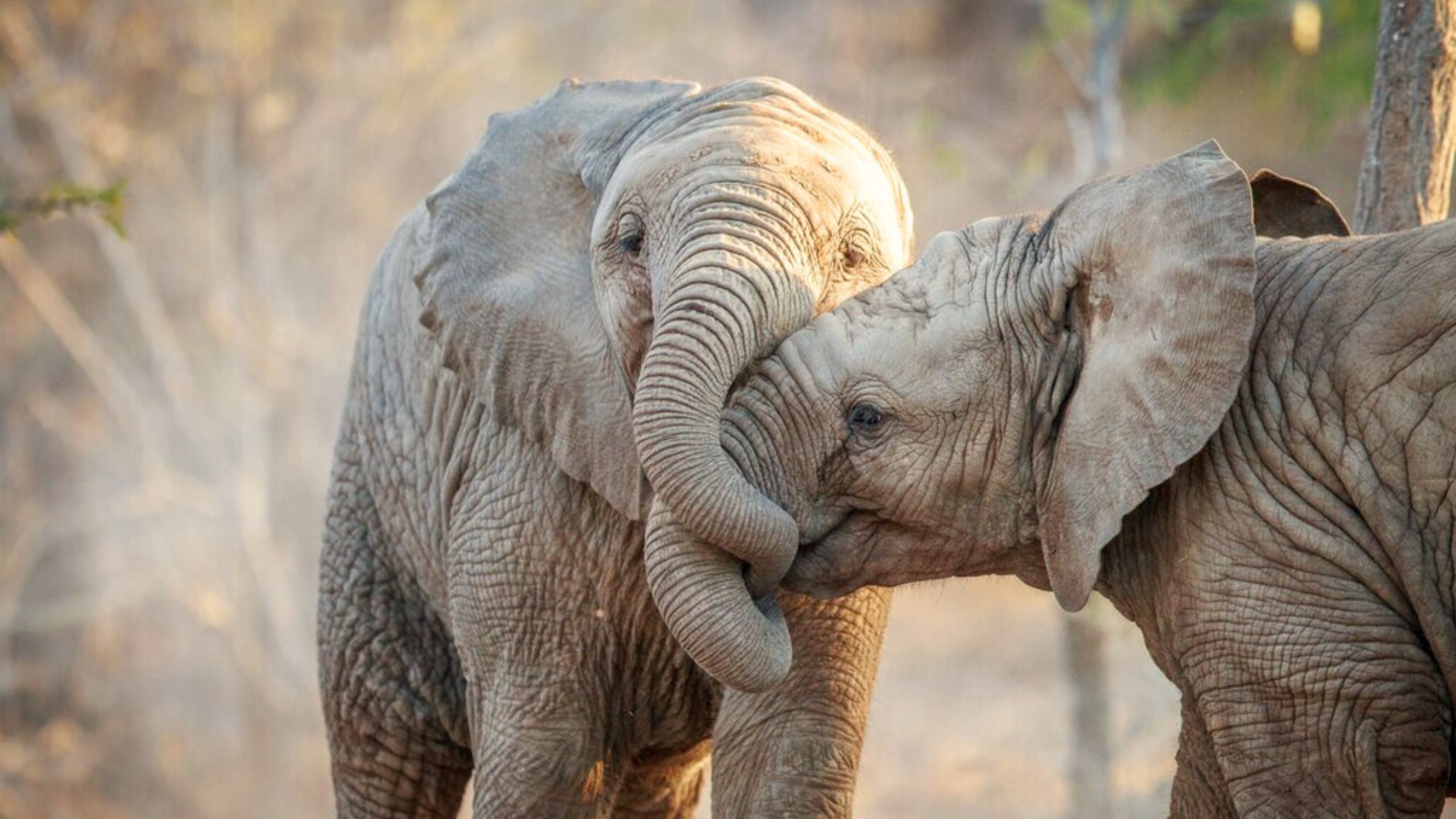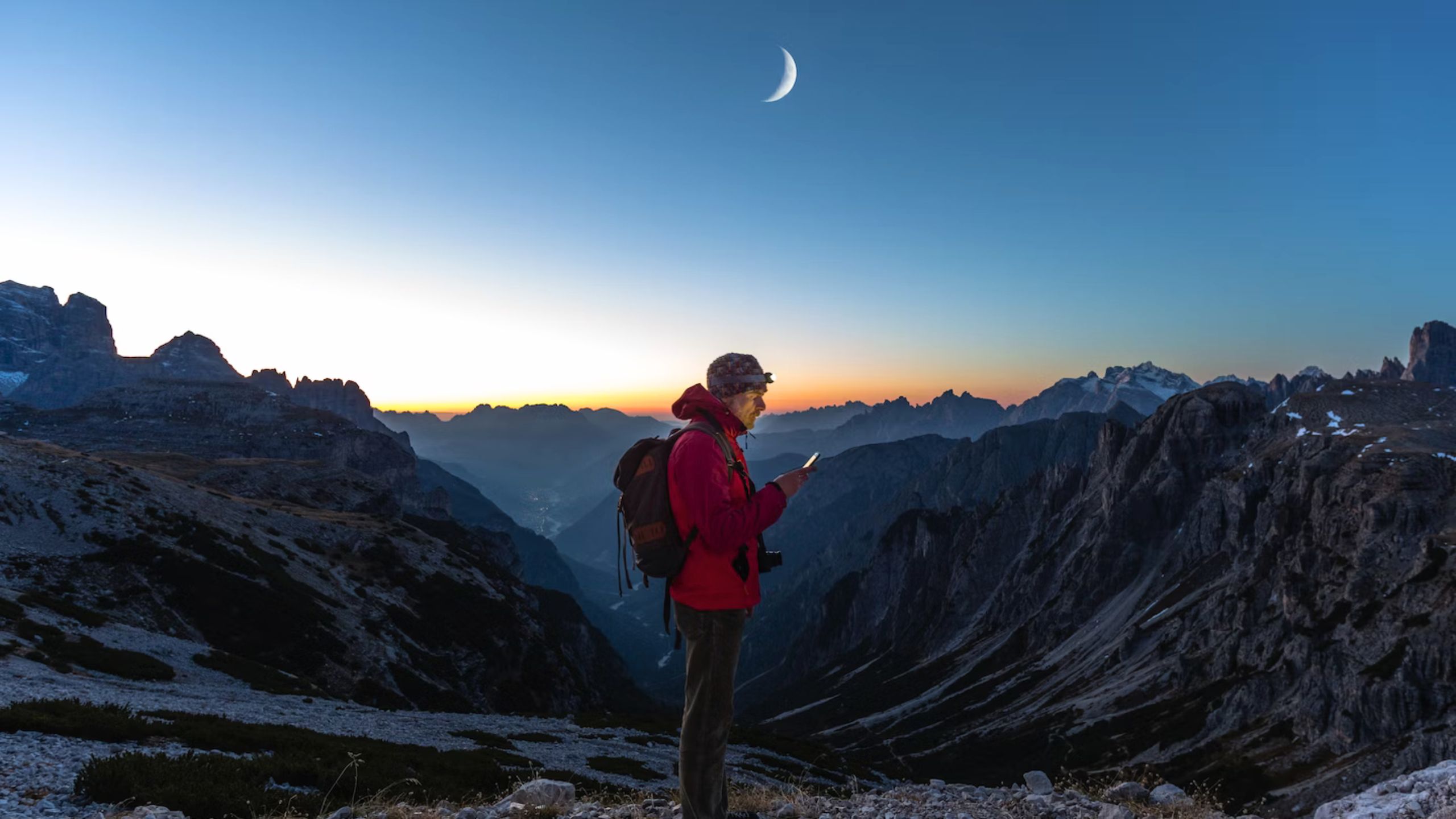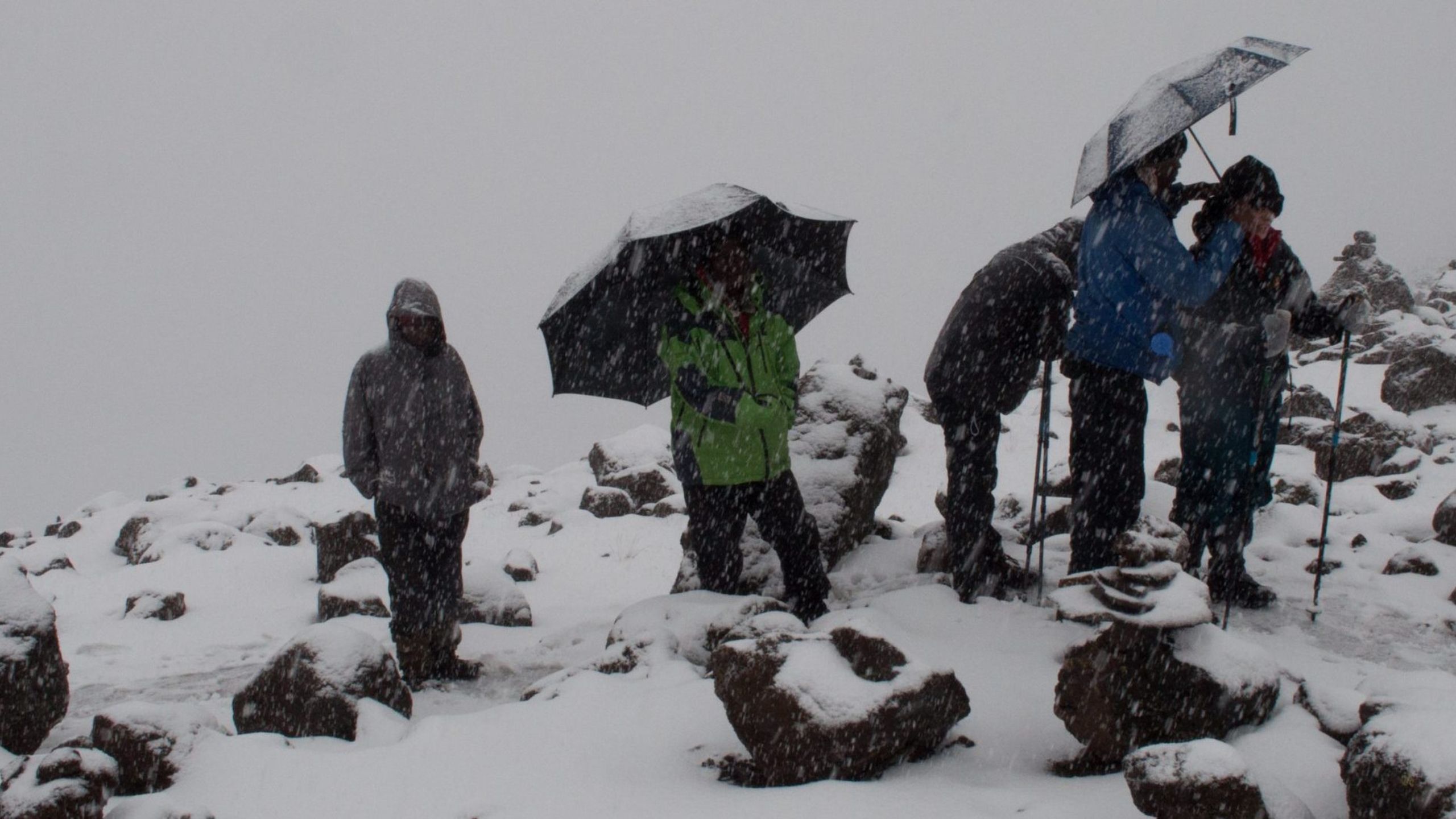Double river crossings of the Great Wildebeest Migration, Serengeti
The Great Wildebeest Migration is often erroneously linked with the river crossings of the Mara River. The river crossings are riveting to witness, and the star of the great migration show. For some lucky observers, it is possible to watch a double crossing during one river crossing event.
What is a double river crossing of the Great Migration?
Some of the wildebeest calves are separated from their mothers whilst crossing the Mara River with the rest of the herd. These calves often return to where they came from, looking for their mothers. Sometimes the mothers go back and swim through the waters again to find their young ones. The double river crossing or return river crossing refers to some wildebeest individuals crossing the river twice in one event.
Who is involved in double river crossings during the Great Migration?
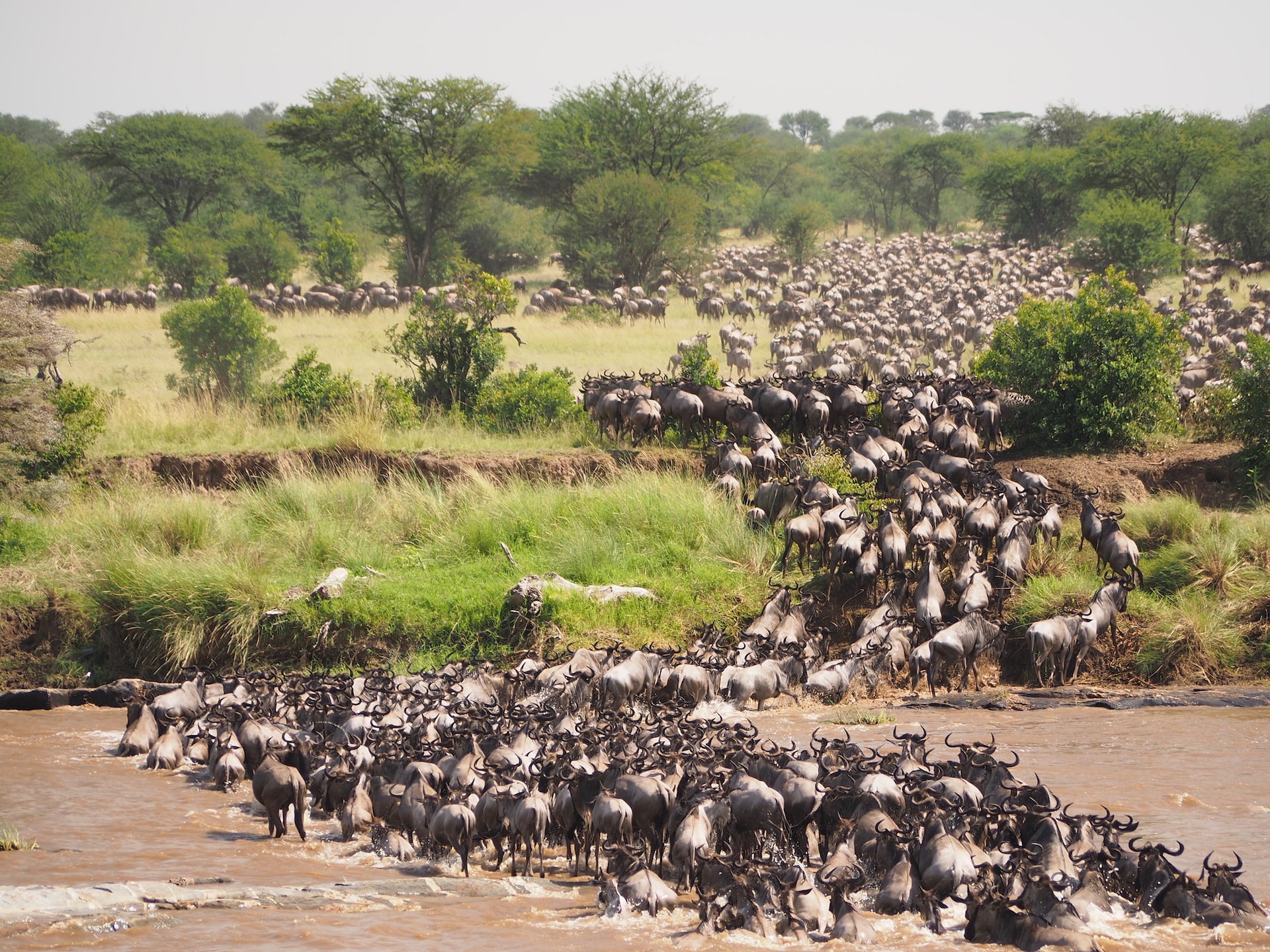
Watch this amazing video of the 6-month-old calves in a “return crossing”. We witnessed the main crossing of the entire herd, then in a state of confusion, these calves returned to the Mara River and crossed it again. The adrenaline and chaos of the crossing and being in the water dulls the calves’ sense of smell. Smell is their primary way of identification. In the water, or just after getting out of the water, they cannot smell or find their mothers. In a sense of desperation at being lost their natural instinct is to go back to where they came from, resulting in a double crossing. Lost calves are brave in their determination to find their moms!
Experience the Great Migration in 2023 – River Crossings and more
Join us for the world’s largest overland mammal migration as 1.5 million wildebeest, 400,000 zebra, 18,000 eland, and 200,000 Thompson’s gazelle move through the Serengeti-Mara ecosystem. We don’t wait for the herds to come to us, we take you to them leaving no trace. Follow them with us online or in person. Migration Updates every month. Email usa@go2africaroofrtop.com to book your seat to the great migration. We still have some availability in late August, into September, so join us before the 2023 river crossing season is over.
Great Migration Update from Tanzania 19 July 2023
As per our great migration predictions last month, the river crossings started in the Northern Serengeti in early July. It’s been a cracking start to the great migration crossing season, with the majority of the herds arriving near Makutano. The early river crossings were at Crossing Points 7 & 7B. As more great migration herds arrived in the second week of July, the Mara River crossing point shifted west to coincide with the arrivals of the Western Herds. There were some spectacular great migration river crossings at Numbers 4 and 5. The steep banks and intensive herds created billowing dust for some impressive crossings. Superb sightings for happy guests who were up early to enjoy Nature’s greatest show. Large herds are now grazing leisurely in Lamai Wedge.
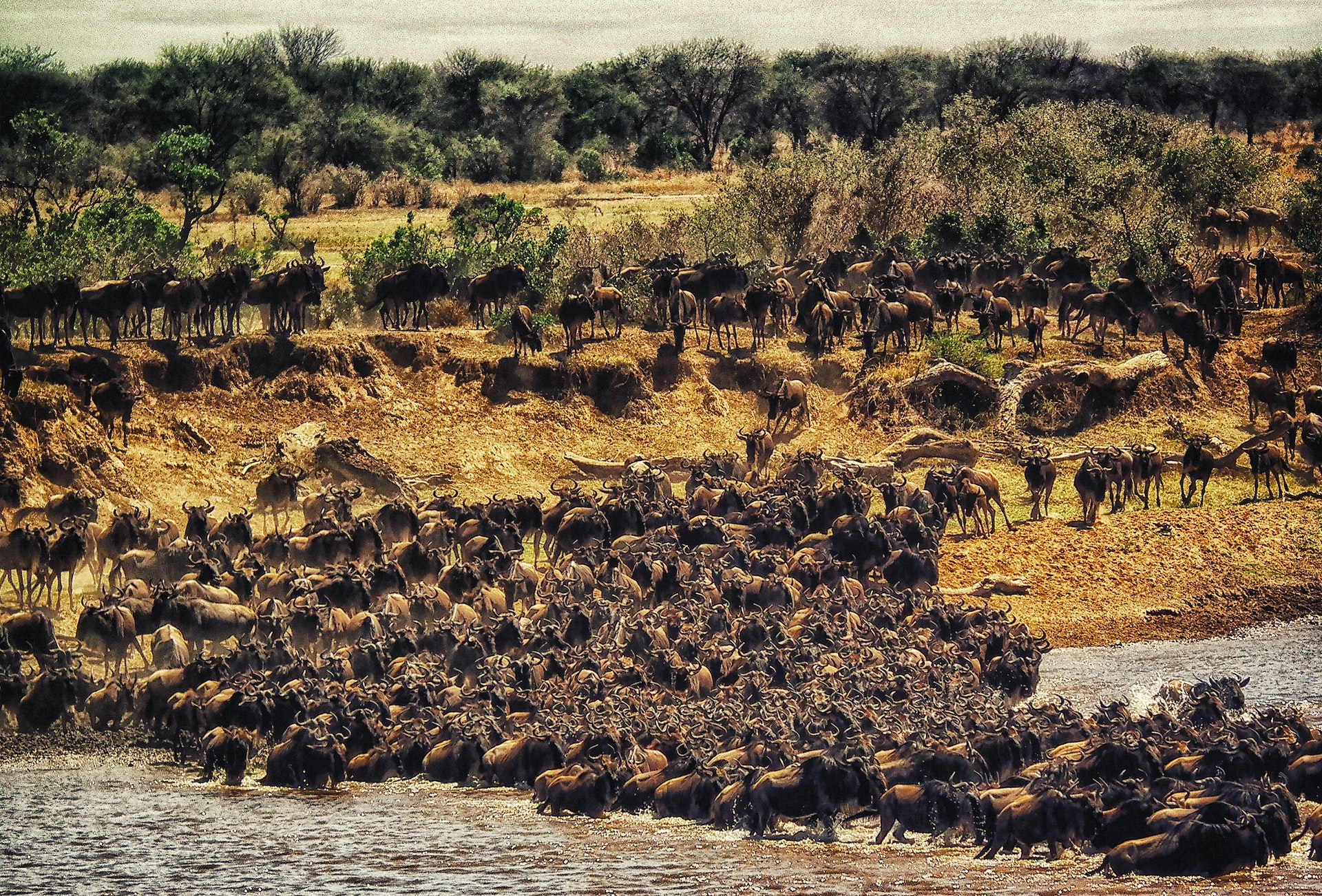
Great Migration Update from Kenya: July 2023
Last week there were some huge crossings of the Sand River into Kenya. The herds that crossed the Mara River are moving slowly and should reach the Mara Triangle soon, they seem to be hanging around Miles Turner Hill and taking a leisurely break.
MIGRATION UPDATE JULY 2023: Huge herds of the Great Migration cross the Sand River into Kenya
Let’s hope it’s a great year for the Maasai Mara and Mara Triangle. We monitor how long they spend in the Maasai Mara and Mara Triangle and how far north they go into the Mara Conservancies this year of 2023(if at all). Results will be good indicators if the Kenyan conservancy model (where cattle also graze the land), will allow enough grazing for the wildebeest of the great migration, who seem to be competing for the same resources as cattle. Holding thumbs for the great migration to have a longer stay in the Maasai Mara this year.
MIGRATION UPDATE JULY 2023: Serengeti Great migration, Mara River crocodile kill 2023
Great Migration predictions for July and early August 2023.
It is fairly dry up in the Northern Serengeti, with no real rain forecast in the next two weeks. Despite a build up of some moisture from Lake Victoria creating some amazing clouds, there has been no rainfall and very little is predicted. We are hoping for some light showers here and there, to provide short green grass for the wildebeest to eat, otherwise it becomes tough going for the great migration herds. The drier spells accentuate the pressure on the eco-system and limited food becomes obvious when there is no rainfall. We are even noticing that the low water levels of the Mara River this 2023 are making it hard for the crocodiles to feed.
Until there is big rain in the north to pull them further, we predict smaller crossings back and forth across the Mara River in the next few weeks. There are still some herds arriving from the south, so it’s likely there will be lots of to-and-fro with wildebeest herds on both sides of the Mara River.
Great Migration: News update July 2023
More good news from Kogatende is that the bridge to the Lamai Wedge is now open. Thanks to TANAPA for coordinating the repairs to the bridge across the Mara River for the great migration crossing season. It is wonderful to have road access on both sides of the river, when staying at Africa Rooftop for the great migration river crossing season 2023.
Finding the Great Migration: Migration Update June 2023
Great Migration update 18 June 2023. This is a difficult time of year to find the great migration. In years of normal rainfall, the statistics and literature indicate that the large herds should be on the western side of the Serengeti National Park. The western side of the Serengeti gets more rain due to its physical location close to Lake Victoria, so the logic is that in dry years the wildebeest herds should migrate through the North Western Serengeti. Finding the herds can be tricky as vast tracks of the area is privately owned hunting blocks of the park buffer zone.
Serengeti Great Migration Update, Serengeti Balloon Safaris, 16 June 2023
Finding the great migration in the west – June 2023
It’s mid-June 2023 , and the majority of the herds are in the western corridor of the Serengeti. This is the longer route to the Mara River and northern Serengeti. The herds are moving slowly and a full Grumeti River has also slowed the progress of the herds moving northwards.
There was a lot of early rain in the NW corner of the ecosystem. The rains stopped early this year, so the southern plains dried out quickly causing the wildebeest herds to migrate. The wetter north-west corner is the preferred dry season grazing. Wildebeest love the red oat grass that grows in the moist, deeper soils. June 2023 is becoming a classic text book year for the great migration. By the end of June, all the Western herds should have crossed the Grumeti River, and we can expect the migration to reach Kogatende and the Mara River from the west for river crossings in 4-6 weeks’ time.
June is a privileged time to find the great migration. You may have to work a bit harder out in the west – which is further away and fascinatingly wilder. If you are lucky to find the great migration in June- it is spectacular. Witness this great natural phenomenon of hundreds of thousands of animals marching in columns up to 40 kilometers long and be blown away. Check out the video below from the Western Serengeti and the marching herds. There’s more great migration, as well as river animals of the Serengeti on show.
Migration Madness. Episode 23 of the Serengeti Show Live Series in 2020.
Discover the Western Corridor of the Serengeti and the classic long columns of wildebeests migrating through the area- it’s astounding!
Finding the great migration in the east – June 2023
Finding the great migration in the east, is sometimes forgotten when the western herds dominate the wildlife news. This June many of the Eastern Herds, moved west through Seronera to join the western herds and contribute to the big numbers on that side of the Serengeti National Park.
20% of the Eastern Herds remained on that side of the Serengeti, and those wildebeest can currently be found near Togoro Plains. The eastern great migration herds are moving northwards fairly quickly so we anticipate them reaching the Sand River in the first week of July. This means there could be some Sand River Crossings into the Mara Reserve as early as July 2023 for the first river crossings of the 2023 season.
This seasonal river with a sandy bottom, is the virtual game drive of Episode 28 exploring the Serengeti. Watch for an unexpected crossing.
If the conditions in the Mara reserve aren’t suited to the wildebeest needs yet, the early herds may back track to the Serengeti and cross the Mara River from north to south. These would be the first Mara River Crossings.
The third, yet least likely scenario for the first river crossings of 2023 , is that the eastern herds don’t cross the sand river in early July. They would move north and west, slowly gathering near crossing point No 10 or Makutano for a potential Mara River crossing at the junction.
Finding the great migration in July. Predictions for river crossing season ’23
- We predict some small river crossings to start in the first half of July. Crossings would likely be the Sand River or Eastern Mara River.
- The first herds of the great migration coming from the West, should arrive at the Mara River in mid-July 2023. Big herds are already gathering as the wildebeest migrate northwards.
- At Africa Rooftop we are eagerly waiting for a bumper season. We are expecting some big river crossings starting in July ’2023.
Email usa@go2africaroofrtop.com to book your seat to the great migration. We still have some space still available in early July & late August. Book soon to avoid disappointment.
Wildebeest Word Origin
early 19th cent.: from Afrikaans, literally ‘wild beast’.
Dutch settlers first “discovered” wildebeest in about 1700, on their way to the interior of South Africa. Due to their resemblance to wild cattle, the Afrikaans people called them “wild ox/cattle” or “wildebeest” due to its untamed appearance and vigorous nature.
Wildebeest Size and Appearance
The blue wildebeest is a member of the antelope family, although its heavy build and disproportionately large forequarters make it look more bovine. They have large heads, shaggy manes, pointed beards, and sharp, curved horns. Blue wildebeests can reach 8 feet in length, stand 4.5 feet tall at the shoulders and weigh up to 600 pounds. Both males and females grow horns.
Wildebeest collective noun
confusion of wildebeests or an implausibility of wildebeests
The noun for a group of wildebeest is taken from the loud noise and confusion that erupt during migration season – caught up in the middle of the movement, your head is bound to spin.
Wildebeest species
There are two species of wildebeest: the black wildebeest or white-tailed gnu (Connochaetes gnou), and the blue wildebeest or brindled gnu (Connochaetes taurinus). In East Africa, the blue wildebeest perform the annual great migration and are the Serengeti species.
COMMON NAME: Blue Wildebeest
SCIENTIFIC NAME: Connochaetes taurinus
TYPE: Mammals
DIET: Herbivore
GROUP NAME: Herd
AVERAGE LIFE SPAN IN THE WILD: 20 years
SIZE: 125 cm (48 inches)
WEIGHT: 118 – 270 kilograms (260 – 595 pounds)
HABITAT: Open woodlands, open grassy plains.
DIET: Herbivorous
GESTATION: 8.5 months
PREDATORS: Lions, cheetahs, hyena
Is it time to get your safari on and see some wildebeest for yourself?
Chat to us about which aspect of the Great Migration you’d most like to see. Read our explainer here. We can advise you on your Tanzania Safari and help you to plan your great migration safari to see the wildebeest herds! Contact us at usa@go2africaroofrtop.com. Let’s chat with Great Migration! Let’s chat about Conservation through Tourism. Come and see the wildebeest for yourself.
Where to stay in the Serengeti for the Great Migration River Crossings 2023?
A Mara River migration crossing in the Serengeti is, without doubt, one of the greatest wildlife experiences on earth (and there are many out there). Navigating your way through the information to figure out how to get to the migration can be overwhelming. It is difficult to distinguish between the types of accommodation and the terminology. It is really hard to figure out where to stay to see the wildebeest cross the Mara River, and I’m not talking safari-style (that’s personal to each camp and guest).
The Serengeti is an extraordinary place, yet it is also very large making it to be in the “wrong” location for the great migration due to the size of the place and the unpredictability of the migratory herds. Remember this Migration Update which illustrates the comparative size of the Serengeti to states and countries?
It is much easier to understand that it is possible to be staying many hours drive from the wildebeest herds, and there is a chance you could miss nature’s greatest show. Where you stay and what type of accommodation you stay in, can affect your river crossing great migration experience.
Where is the Great Migration River Crossings? Northern Serengeti
A reminder that the Mara River Crossings happen annually, roughly from July-October as the great migration passes back and forth through Tanzania’s Northern Serengeti and Kenya’s Masai Mara. The great migration USUALLY moves through Kenya at some point in these 4 months, however the migration is ALWAYS in Tanzania.
In Tanzania, this means you will need to stay in the Northern Serengeti, with the closest airstrip at Kogatende. There is more accommodation on the southern side of the Mara River at Kogatende, making the Lamai side of the river a bit quieter than Kogatende. Get your timing right for the Masai Mara and you will have an incredible migration experience in Kenya, there are amazing places to stay beyond the scope of this blog.
Where to stay for the river crossings, Great Migration – Safari Lodges, Serengeti
Permanent buildings, bigger capacity and all the bells and whistles. Permanent lodges act as a luxury gateway to experiencing the African bush. They have fantastic safari operations, from food, to linen and guiding. Set in exotic locations, with elevated views, private plunge pool, libraries and luxury amenities. Each lodge creates its own signature niche from interior design to signature activities like spa therapy’s, wine tastings to decadent bush breakfasts (all for additional fee).
Where to stay for the river crossings, Great Migration- Semi-permanent Camps, Serengeti
In theory they can be packed up and leave nothing behind. Many have been in the same place for 10 years or more and don’t move at all. Boreholes have been sunk, and these luxury camps are extravagant tented structures on wooden platforms with draping and safari-style furnishings, East African safari décor, and quality amenities. Great locations and generally have good service and years of experience. We love booking our guests into boutique spots.
Where to stay for the river crossings, Great Migration- Mobile camps, Serengeti
These tend to move between two set locations in the Southern Serengeti, during the calving season and in the Northern Serengeti for the crossing season. A team and crew will take a couple of weeks to set up camp which stays in the location for about 4 months (sometimes a bit longer) before packing and moving to the opposite end of the park.
These safari camps are “mobile” in that they can move, but it’s not fast nor often! These stylish mobile safari camps are no less luxurious than the permanent camps and lodges, with varying facilities and services according to the particular camp’s style & budget.
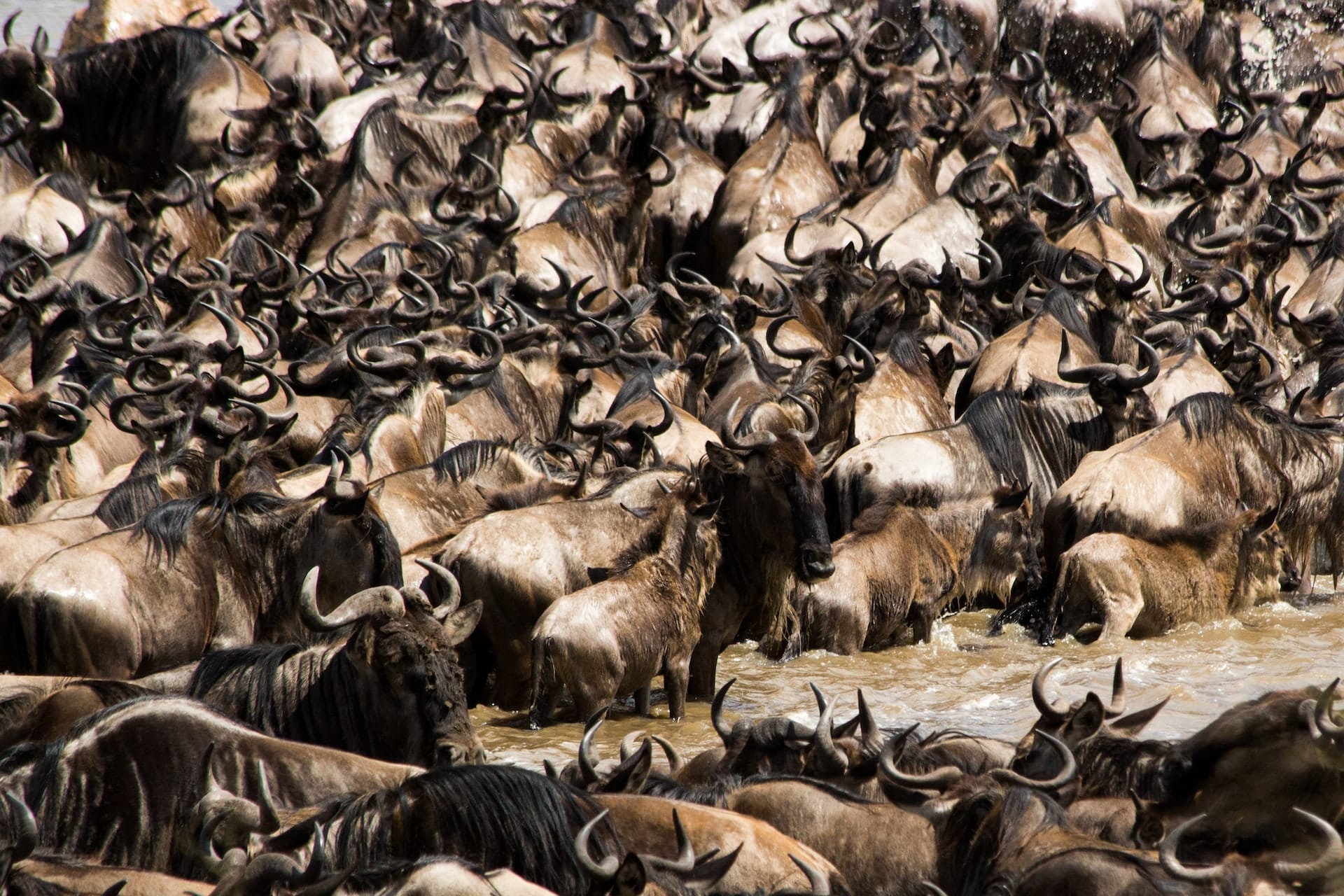
Where to stay for the river crossings, Africa Rooftop, Serengeti
Yes, that’s unashamedly us! Africa Rooftop operates like a luxury “fly-camp” (a sleep-out adventure in the wild for lodge clients). This is a comfortable, all-needs camp that can move in a day following the herds. This is a RAW, real, immersive experience, close to nature, close to wildlife, and close to what people are coming to see. The camp location moves, to various special camping sites, which are private as we are fully self-sufficient.
Where to stay for the river crossings, Great Migration- Budget Camping
Basic food and tents in public campsites making use of public facilities – most notably ablutions. Public campsites are in central convenient locations of the park, with variable servicing of public toilets and facilities. Clients travel with luggage and tents and seldom leave camp before 08h30 as everyone has to eat and pack up before departing camp. Return earlier in the evening for food preparation and camp chores.
There is no public campsite in the Northern Serengeti, where the river crossings take place, so at best you can do a day trip from Lobo or Seronera. (Self-sufficient self-drive campers can get in touch with GMC directly for camping assistance in the northern Serengeti)
Where to stay and how long to stay? Great migration river crossings, Serengeti?
At Africa Rooftop, we believe you have to be in it to win it. With wildlife, and especially the great migration, there is no quick fix or instantaneous gratification for sightings. Give yourselves as much time as you have available and can afford to spend near the Mara River for the crossings. We recommend a minimum of three nights, which only allows two full days for safari.
There is a lot of distance to cover- some 50km of Mara River, no highways, and no traffic reports. Wildebeest herd “building” can take a few days as they gather one by one into big groups. At a certain trigger, they develop a herd mentality to think and act as one to cross the Mighty Mara River. This is unscripted, so do yourself a favor if you have made a long journey to Tanzania, give yourself enough time for the show to unfold. You won’t regret it.
Book your stay to the Great Migration River Crossings, Serengeti 2023
We still have tickets available to the Greatest Natural Show on Earth 2023, starring Africa Rooftop, in conjunction with Conservation Through Tourism. Get your 2023 River Crossing tickets now by emailing usa@go2africaroofrtop.com. Tickets are selling out fast, don’t delay, book your river crossing migration safari today.
We can book your entire safari- meeting you on arrival, with a full tour itinerary. This includes all the road or air transport, experienced guides, route planning and accommodation bookings. Our camp is not suitable for everyone. There are many safari camps that are much finer & fancier than ours- we would love to put you there. Get in touch via email: usa@go2africaroofrtop.com
The Serengeti National Park & Great Migration’s other animals
90% of the clients that stay at Africa Rooftop, come to the Serengeti “to see the great migration”. Besides the wildebeest, every client also wants to experience other animal encounters in the Serengeti. You will guaranteed. Serengeti National Park is home to over 300 animal species. And the populations of many are very healthy and strong.
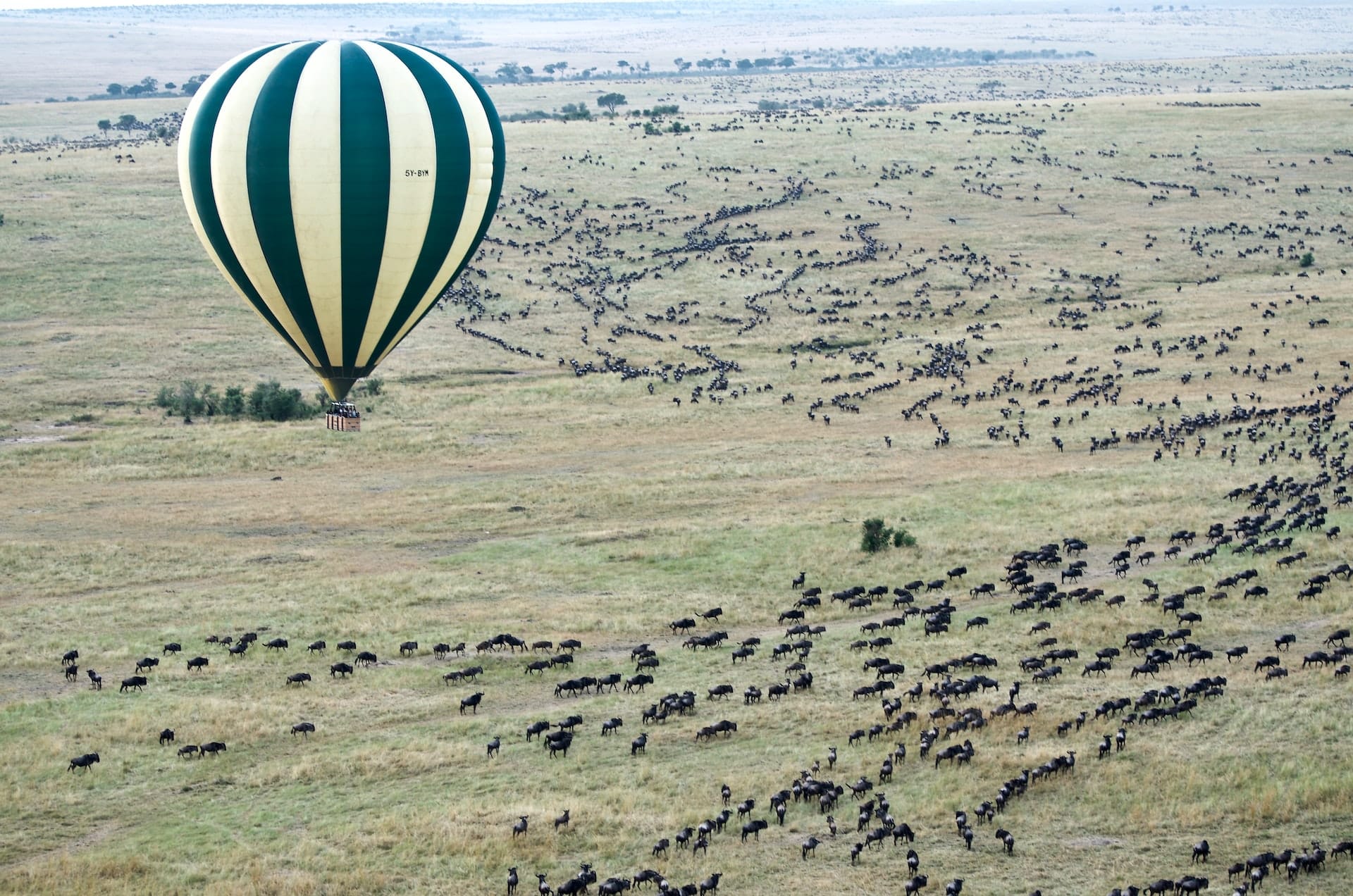
The Serengeti National Park is a unique set of ‘endless plains’ dotted with rocky outcrops (kopjes) interspersed with rivers and woodlands and a wide range of habitats. Due to the topography, geology, soils, rainfall, and drainage systems, the Serengeti National Park sustains the largest number of ungulates and the highest concentration of large predators in the world. Famous for the great wildebeest migration their grazing and trampling of grass allows new grasses to grow, while their waste helps fertilize the soil, making it one of the most productive ecosystems on earth.
Migrating Animals in the Serengeti
At the heart of the Great Wildlife Migration is the wildebeest or the blue wildebeest to be more precise
- Wildebeest: The wildebeest are so important that sometimes the migration is referred to as the Great Wildebeest Migration. Around 1.7 million wildebeests take part in the migration.
- Zebras: Around 300,000 zebras travel alongside the wildebeest as part of the Great Migration. Did you see we must watch video on the Serengeti Zebra Migration?
- Thomson’s gazelle: Sometimes referred to as a “tommie”. Around 500,000 take part in the Great Wildlife Migration! They’re fantastic runners and can exceed 65 km per hour.
- Eland – Around 18,000 elands take part in the Great Migration. Eland is the largest antelope and they can be very shy.
Serengeti Animals create Outstanding Universal Value
UNESCO recognizes the Serengeti National Park for its outstanding universal value with a whole bunch of accolades – there is a whole lot of wild in this incredibly beautiful and abundant park.
- The Serengeti National Park hosts one of the largest and most diverse large predator-prey interactions worldwide.
- The ecosystem supports 2 million wildebeests, 900,000 Thomson’s gazelles and 300,000 zebras as the dominant herds.
- Other herbivores include 7,000 elands, 27,000 topis, 18,000 hartebeests, 70,000 buffalos, 4,000 giraffes, 15,000 warthogs, 3,000 waterbucks, 2,700 elephants, 500 hippopotamuses, 200 black rhinoceroses, 10 species of antelope and 10 species of primate.
- Major predators include 4,000 lions, 1000 leopards, 225 cheetahs, 3,500 spotted hyenas and 300 wild dogs.
- Of these, the black rhino Diceros bicornis, leopard Panthera pardus, African elephant Loxodonta africanaand cheetah Acynonix jubatus are listed in the IUCN Red List.
- There are over 500 species of birds that are perennially or seasonally present in the Park, of which five species are endemic to Tanzania. The Park has the highest ostrich population in Tanzania and probably Africa, making the population globally important.
Serengeti Species: Other Animals of the Great Migration
In addition to the migrating wildebeest, zebra, eland and tommie’s, there are more than 35 species of plains animals. Add some 3,000 lions and great numbers of spotted hyenas, leopards, hippopotamuses, giraffes, cheetahs, and baboons. Birds, Reptiles, Insects and fish are found in addition to the mammals. Rare and seldom sighted animals include Wild Dog, African Wild Cat, Rhino Bat Eared Foxes, Caracal, Serval, Pangolin, snakes. More than 350 species of birds, including ostriches, vultures, and flamingos, have been recorded. Crocodiles inhabit marshes and water sources near the Mara River.
Some of the exciting animals to look for on your great migration safari are:
Aardvark | Aardwolf (civet hyena) | Baboon | Bat-eared fox | Cheetah | Crocodile | Eland | Elephant | Thomson’s Gazelle | Grant’s Gazelle | Giraffe | Hippo | Hyena | Impala | Jackal | Kongoni (hartebeest) | Leopard | Lion | Monkeys | Mongoose | Porcupine | Serval | Topi | Wild dog (painted dog) | Wildebeest (gnu) | Zebra (How many you can spot in the Serengeti Show Live, halfway highlights show? )
Is it time to get your safari on and see some Serengeti for yourself?
Chat to us about which aspect of the Great Migration you’d most like to see. We can advise you on your Tanzania Safari and help you to plan your great migration safari! Contact us on usa@go2africaroofrtop.com. Let’s chat Great Migration! Come and see the Serengeti Animals for yourself.
Great Migration Update 27 May 2023
Where are the Wildebeest of the Great Migration?
The annual migration cycle is one of movement in May and June, making these tough months for accurate location predictions of the wildebeest herds. The migration is on the move due to some contributing factors. So far this May 2023, most of the migration updates have been coming from Seronera as wildebeest herds move through the central Serengeti.
The back-end of the migratory herds are still in the southern and western sectors of the Serengeti National Park. These pockets of wildebeest are moving slowly.
The Eastern herds, were moving northwards fairly quickly, and there are still some migratory herds on the Eastern Plains. There are some scattered herds around Mbuzi Mawe, Banagi Hill and Togoro Plains. Many of the wildebeest that were heading north on the eastern border, crossed through Seronera to the west.
The eastern herds that crossed over to the western Serengeti have become the leaders of the great migration. They can easily travel 10km per day, often in long lines as they head north. A few large herds were crossing the Orangi River near Hembe and heading North-West.
Why are the wildebeest’s whereabouts significant to the great migration?
It is far easier for the wildebeest herds to cross the Upper Grumeti river which has fewer obstructions and geographical barriers than the lower stretches of the river. The lower Grumeti River can be treacherous as it is far larger in size with more water which is dangerous & can slow the wildebeest down.
The impact of the Grumeti River on the great migration
The Grumeti River is a lifeline that cuts through the incredible Serengeti scenery from the north east of the national park and west to Lake Victoria. In river terms, the Grumeti River is short at only 180km, with the upper catchment area near Klein’s Gate. Water from the Lobo Hills and Bologonja areas feeds into the Upper Grumeti River.
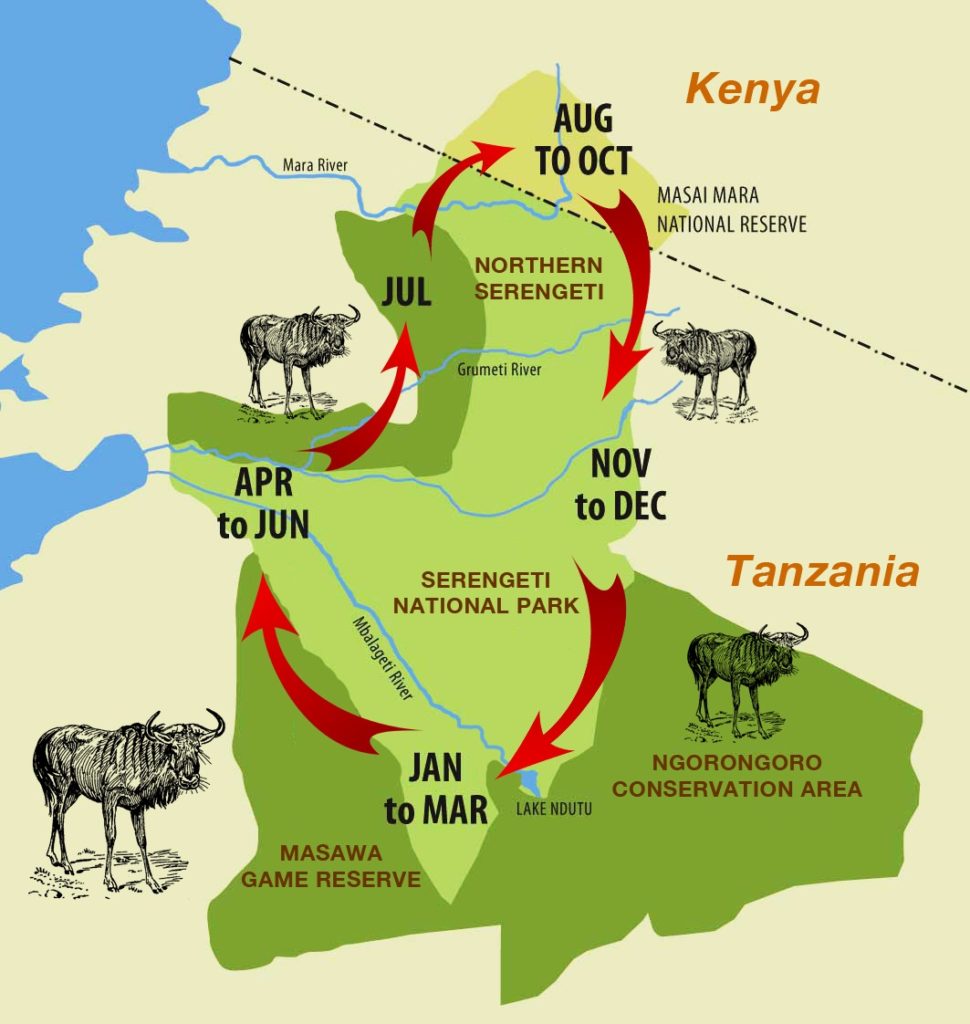
The real water comes from the Upper Orange River whose catchment area is vast in the Serengeti (from Central Banangi Hill, Ngare Nanyuki, Seronera Valley, and Makoma). All the water from the central Serengeti flows into the Oranje River, which feeds the lower Grumeti River, providing a huge catchment area with the Upper stretches of the river. The confluence of the Orangi and Grumeti Rivers is just west of Hembe.
The Grumeti River flows for 3-4 months a year during the wet season, and yearly flooding can occur, as the River is on a broad floodplain, with typical sandy soils and riparian forests.
The impact of the change in vegetation on the great migration
In the southeastern plains of the Serengeti, there is shallow volcanic ash soil, ideal for the wildebeest during calving season as the grass is short, nutritious, and abundant – enough to sustain 1.5 million wildebeest for a few months. As the plains dry out, the wildebeest are forced to move north, where the changing landscape and soil types alter the vegetation.
It’s wetter in the west there is more water and more rain the closer you get to Lake Victoria. There is lots of water at all the springs and granite zones all the way north from Seronera to the Masai Mara. Navigating through the wet takes longer and slows the wildebeest herds down.
In addition to the water, there is a lot of grass. The deep sandy soils of the North-western Serengeti have rich, nutritional red oat grass – in abundance right now. One can hardly blame the wildebeest for taking their time, through 80km of delicious red oat grass to graze.
Flashback to this video taken in 2017 where we stopped to look at the red oat grass – beautiful grass that the wildebeest love, and had a lovely interaction with this young bull elephant on the plains of the Lamai Wedge, Northern Serengeti,
To date, we are not aware of any fires, which are commonly lit at the beginning of the dry season by park rangers, to prevent larger-scale fires later in the season, that can reduce woodland cover.
Great Migration Updates: movement of the wildebeest herds

These migration updates are gathered from a network of guiding professionals and safari experts in the field. Reports are shared directly from the Serengeti itself. We share these updates for those planning a safari, as well as those who guide safaris or supply supplementary services to the industry.
In the south, the Serengeti borders the Ngorongoro Conservation Area. In the north, the Serengeti borders Kenya’s, Masai Mara. Surrounding the Serengeti National Park are buffer zones: Maswa, Loliondo, Grumeti, and Ikorongo. The entire ecosystem is open and unfenced, which in itself allows great migration to take place.
Wildebeest being out of the park boundaries, partially explains why they can be hard to find. It may seem strange that nearly 2 million creatures can’t be found, as if the great Houdini had performed a vanishing act in the Serengeti. Remember, the Serengeti is huge it’s the size of a small country about 30,000 square kilometers (12,000 square miles), and 160km (100 miles) of the bush from north to south. (Manhattan Island in New York which is 21.6 km (13.4 miles) long and how hard it is to find someone in that city.
We love maps, especially when they include Tanzania, the Great Migration, or the Serengeti National Park. Check out Map Fight it’s a cool map comparison tool you can compare the sizes of any area or country. Let us know how your country or state compares in size to the Serengeti and you will have a better idea of the vast scale, and why we are constantly looking for wildebeest.
Join Africa Rooftop or follow us, as we follow the Great Wildebeest Migration. A journey through the Serengeti from the southern plains to the Mara River and back. We follow the wildebeest, zebra, eland, and Thomson’s gazelle as they migrate through the Mara-Serengeti Eco-system.

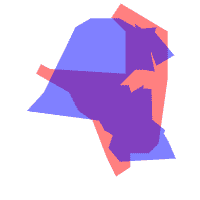
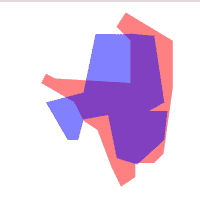
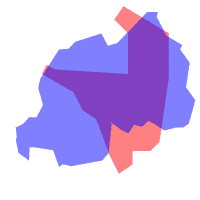





The Serengeti Zebra Migration
The Great Migration encompasses a circular, seasonal movement of wildebeest, zebras, and Thomson’s gazelles and eland in the Serengeti-Mara Ecosystem. The annual migration of the blue wildebeest (Connochaetes taurinus) covers the entire range of the Greater Serengeti ecosystem, a round-trip that exceeds the straight-line distance of 650 km. Data from GPS collars suggest that the true distance covered is over 1500 km. The wildebeest migration is constantly moving, with females having an average daily movement of 4.5 km. The Serengeti zebra migration moves with them.
Animals of the Great Migration
Among the 2 million animals of the great migration, around 300,000 of these animals are zebras. A symbiotic relationship exists between the zebras and wildebeest of the Serengeti. The main reason they stick together is for safety.
The Serengeti Migration: Zebra and Wildebeest
- Together they have a strong “alarm” system, and the massive size of their accumulated herds reduces the chance of any single individual being targeted by a predator. The wildebeest uses its superior sense of sound and smell to stay wary of predators, while the zebra uses its excellent eyesight to scan for threats.
- Zebras and wildebeest don’t compete for food, either. Wildebeest are fussy eaters; they are selective grazers and only feed upon the shorter parts of the grass. Luckily for them, zebras are bulk grazers – cropping the grass (like a lawnmower) and making it palatable for the wildebeest to consume.
- Zebras have a great memory which helps them recall safe migration routes, which comes in handy for directing the sometimes-aimless wildebeests. The wildebeest’s fantastic sense of smell can detect water even in dry times, an advantage for the zebra.
- Both species like plain open grassy areas though this makes them more vulnerable and that is why they need safety in numbers (advantage) from predators.
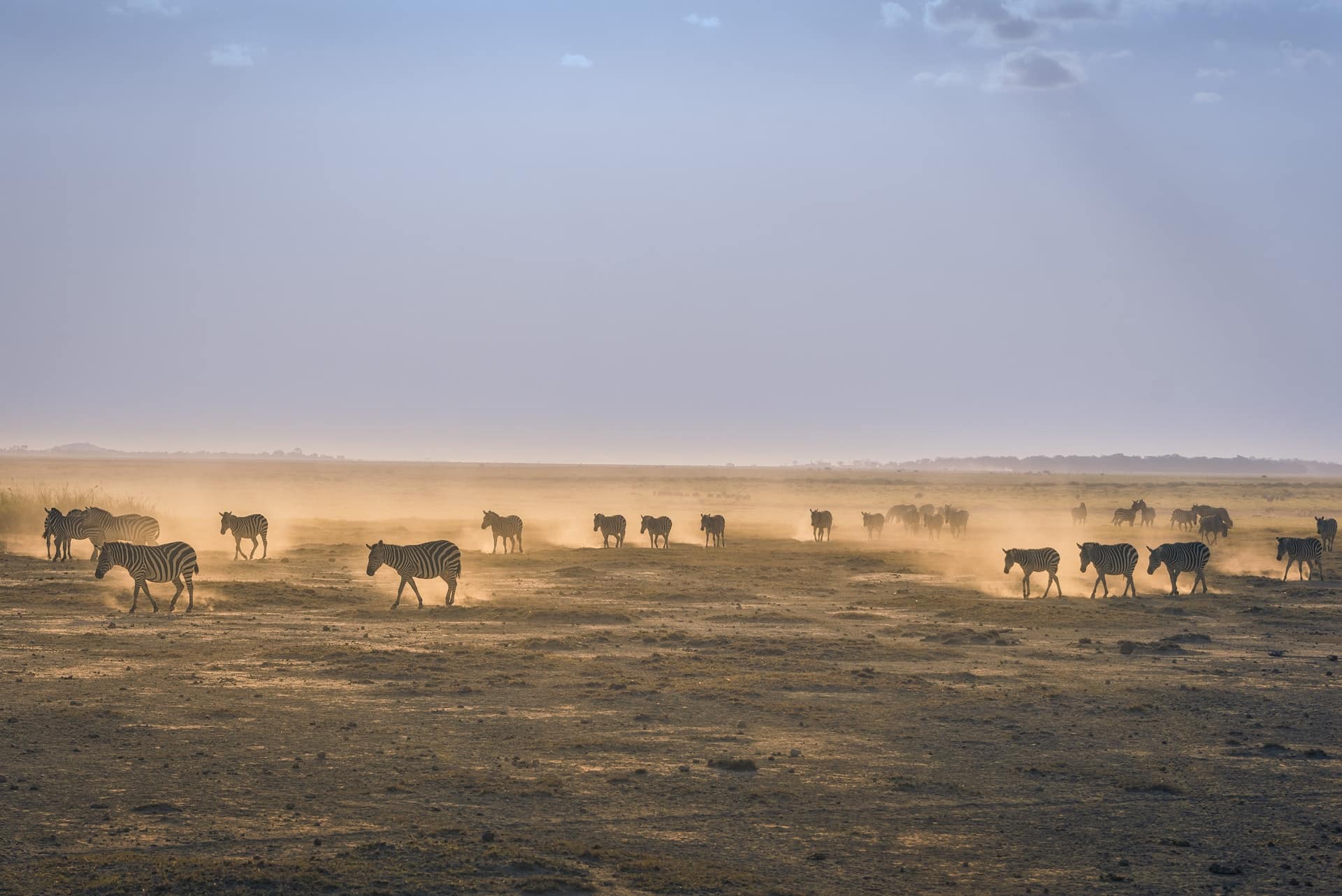
The Serengeti Zebra Migration
Join Africa Rooftop or follow us, as we follow the Great Wildebeest Migration through the Serengeti on their journey from the southern plains to the Mara River and back. We follow the wildebeest, zebra, eland, and Thomson’s gazelle through the Mara-Serengeti Eco-system.
We have mixed availability in the Kogatende area for the River Crossing Season 2023. Book early for the great migration by emailing usa@go2africaroofrtop.com to avoid disappointment. #AfricaRoofrtop
